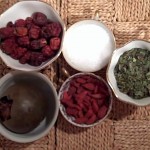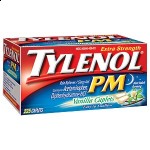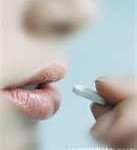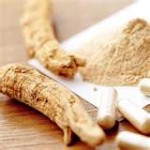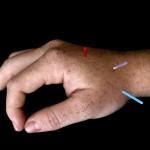 According to this report (connect here) in the Wall Street Journal today, "Despite acupuncture's 4,000-year history, little is known about the biological pathways that enable carefully placed needles to relieve pain in many patients." A study just published in Nature Neuroscience says the compound adenosine may be the reason acupuncture is an effective pain reliever. Adenosine has been known as an effective anti-inflammatory for years. We've also known adonosine plays an important part in energy transfers process or ATP. (adenosine triphospate).
According to this report (connect here) in the Wall Street Journal today, "Despite acupuncture's 4,000-year history, little is known about the biological pathways that enable carefully placed needles to relieve pain in many patients." A study just published in Nature Neuroscience says the compound adenosine may be the reason acupuncture is an effective pain reliever. Adenosine has been known as an effective anti-inflammatory for years. We've also known adonosine plays an important part in energy transfers process or ATP. (adenosine triphospate).
But how it's function as a pain reliever has been more shrouded. This recent study showed that performing acupuncture in mice triggers a release of adenosine in the tissues. Levels of adenosine, a neurotransmitter, rose 24-fold in the tissue fluid surrounding an acupuncture needle. Certainly more studies are necessary but this is the first in many possible insights explaining how this very ancient practice has some very real biological effects.
Anyone who has ever received an acupuncture treatment understands the calming, pain relieving effects a few extremely small needles, placed carefully in precise locations can make. It's hard to believe until you experience it for yourself. But after just 10 minutes the effects are so noticeable it hardly matters to any Acupuncturist enthusiast what the patho-physiological effects of the chemical transmitters are called that make the difference between pain and no pain. "As long as it works, that's all I need to know" said David, a client of mine for the past few years. David and millions of happy people can't possible be wrong.
(My client volunteered her hand for the picture above.)

